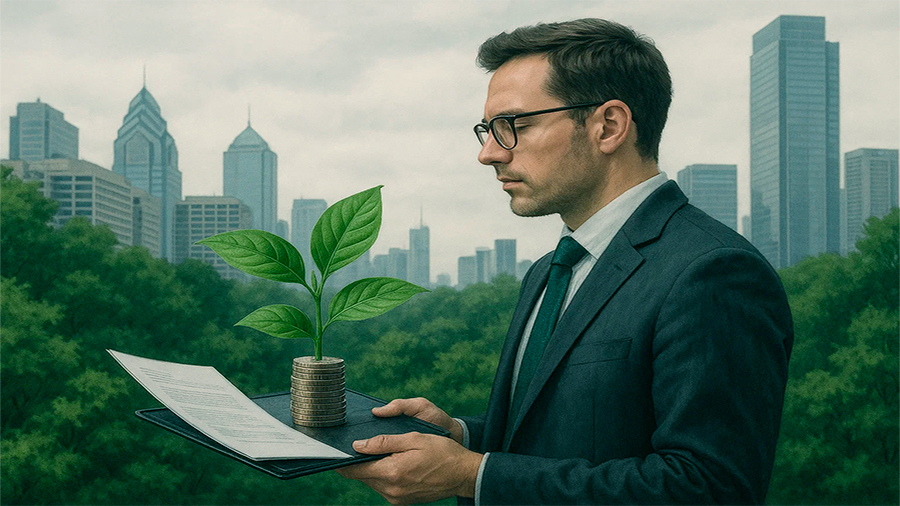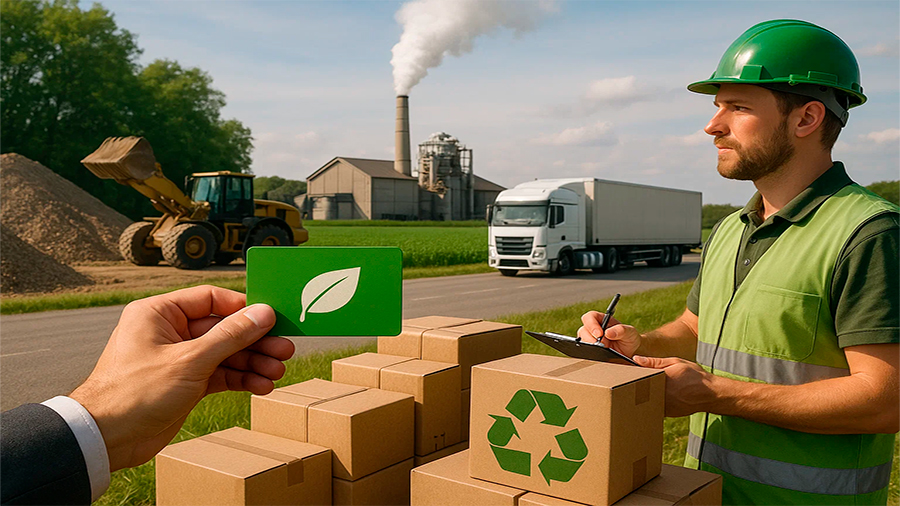Green Lending and Sustainable Supply Chains
In today’s global economy, sustainability is no longer a marketing slogan. It is becoming a condition for access to financing. Green lending—credit tied to environmental, social, and governance standards—is reshaping how companies organize their supply chains. From raw material sourcing to logistics, loans based on sustainability criteria push firms to rethink their strategies. What began as a niche form of financing has now evolved into a driver of long-term competitiveness and resilience. Supply chains built on these standards are not only cleaner but also more attractive to investors and regulators.
The Shift Toward Green Lending
Traditional loans focused almost entirely on repayment ability and collateral. Today, banks and development institutions increasingly consider environmental impact. Firms that meet emissions targets, invest in clean technologies, or commit to circular supply chains often secure better credit terms. The reasoning is simple: sustainable businesses face fewer regulatory risks and tend to be more resilient. For supply chains, this marks a profound change. Companies sourcing from certified producers or using low-carbon transport now access financing that was previously unavailable or too costly. What once was considered an extra condition has become a mainstream credit factor that determines whether firms can expand globally or remain confined to smaller markets.
| Criteria | Traditional Lending | Green Lending |
|---|---|---|
| Focus | Repayment ability, collateral | Repayment + sustainability goals |
| Loan Terms | Fixed, based on risk | Better rates for green compliance |
| Impact | Neutral on supply chain choices | Encourages sustainable sourcing |
How Green Credit Transforms Supply Chains
Green loans affect decision-making across the entire supply chain. Raw materials are sourced from certified, eco-friendly producers. Logistics providers are chosen based on emissions performance. Even packaging becomes a financing concern, as lenders look at whether firms use recyclable or biodegradable materials. This pressure moves beyond compliance: it creates a competitive advantage. Companies able to document sustainable practices can bid for larger contracts, attract investors, and position themselves as leaders in a future-proof economy. Supply chains financed under green lending are not just cheaper in terms of credit—they are more resilient against shocks like carbon taxes or shifting consumer preferences. The ripple effect is significant: when one major buyer commits to green financing, entire networks of suppliers are compelled to adopt more sustainable practices.
| Supply Chain Stage | Traditional Approach | Green-Lending Approach |
|---|---|---|
| Raw materials | Cheapest suppliers | Certified, sustainable producers |
| Transport | Cost-driven choice | Low-carbon carriers preferred |
| Packaging | Price over impact | Recyclable, biodegradable solutions |
Applying Green Lending in Practice
A logistics firm modernizing its fleet
A mid-sized logistics provider relied on conventional diesel trucks to move goods across Europe. Rising fuel costs and stricter emission standards pushed lenders to charge higher interest on their loans. When the firm applied for a green loan tied to fleet modernization, interest rates dropped significantly, but only if they replaced part of their fleet with electric and hybrid vehicles. The company accepted, and within three years they cut emissions by nearly 40 percent. Not only did financing become cheaper, but they also secured contracts with multinational corporations that required low-emission logistics partners. Green lending directly transformed both their cost base and competitive position.
A textile wholesaler restructuring its sourcing
A textile wholesaler supplying retailers across Asia was struggling to access affordable credit. Traditional lenders considered the sector risky due to environmental controversies in fabric production. By shifting to certified organic cotton suppliers and investing in traceability technology, the wholesaler qualified for a government-supported green credit program. Loan conditions improved dramatically, and interest payments were reduced. This enabled the company to expand its supply base while promoting transparency to clients. The shift showed how credit conditions can dictate not only financial performance but also which suppliers enter or exit the market.
Agriculture adopting water-efficient systems
Farm cooperatives in drought-prone regions faced growing financing challenges. Banks were reluctant to extend credit due to the high risks of crop failures. With green lending programs tied to sustainability performance, cooperatives gained access to loans by investing in drip irrigation and soil conservation practices. Their creditworthiness improved, interest costs fell, and yields stabilized. Here, credit not only solved immediate liquidity issues but created a pathway for long-term environmental and financial resilience.
Examples From Different Sectors
In the textile industry, firms using green loans often commit to renewable energy in production and traceable cotton supply. These changes secure better financing and allow entry into premium markets. In logistics, shipping companies with LNG-fueled vessels receive preferential credit, while traditional operators struggle with higher costs. Even in agriculture, farmers adopting water-efficient irrigation and sustainable pesticides become eligible for government-backed green financing. Across industries, the pattern is consistent: those aligning with environmental standards find themselves favored in the competition for capital, while laggards face shrinking access to affordable loans. Over time, this pressure ensures that sustainability stops being a niche value and becomes the baseline standard for business operations.

Challenges in Implementing Green Lending
Green financing is not without its hurdles. Measuring sustainability across complex supply chains remains difficult. Standards vary between regions, and accusations of “greenwashing” undermine trust. Companies may also face higher upfront costs as they shift to cleaner technologies. Smaller firms often struggle, since they lack the resources to document compliance or meet strict requirements. However, the trajectory is clear. Financial institutions are embedding sustainability into risk models, and businesses that resist adaptation risk being left behind. What today feels like an extra condition will tomorrow become a standard practice for accessing credit. Firms that learn to manage documentation, monitoring, and adaptation will be those that retain investor trust and affordable financing.
Long-Term Outlook
Green lending is shaping not only current supply chain structures but also future economic strategies. As climate regulation tightens and consumer demand for transparency grows, green finance will likely expand into all sectors. Companies with supply chains funded through sustainable loans will benefit from lower risks, lower financing costs, and stronger reputations. For lenders, this trend reduces the chances of stranded assets tied to unsustainable industries. For society, it means that financial incentives and environmental goals increasingly align. The future of supply chains will not be defined only by speed or cost but also by the environmental footprint—measured, monitored, and financed through green credit mechanisms. In many ways, green loans are not just shaping the future—they are becoming the standard pathway for growth in global trade.
| Stakeholder | Benefit of Green Lending |
|---|---|
| Businesses | Lower rates, competitive advantage |
| Lenders | Reduced exposure to environmental risks |
| Society | Cleaner supply chains, sustainable growth |
Conclusion
Green lending is more than a financial innovation—it is a strategic tool shaping global supply chains. By tying loan conditions to sustainability standards, lenders push businesses to change how they source, transport, and sell products. The result is a financing ecosystem where credit favors long-term environmental responsibility. Though challenges remain, the direction is irreversible. Case studies across logistics, textiles, and agriculture show how credit directly drives transformation. For companies seeking resilience and competitiveness, adopting green credit mechanisms today is not an option—it is the blueprint for tomorrow’s supply chains.



